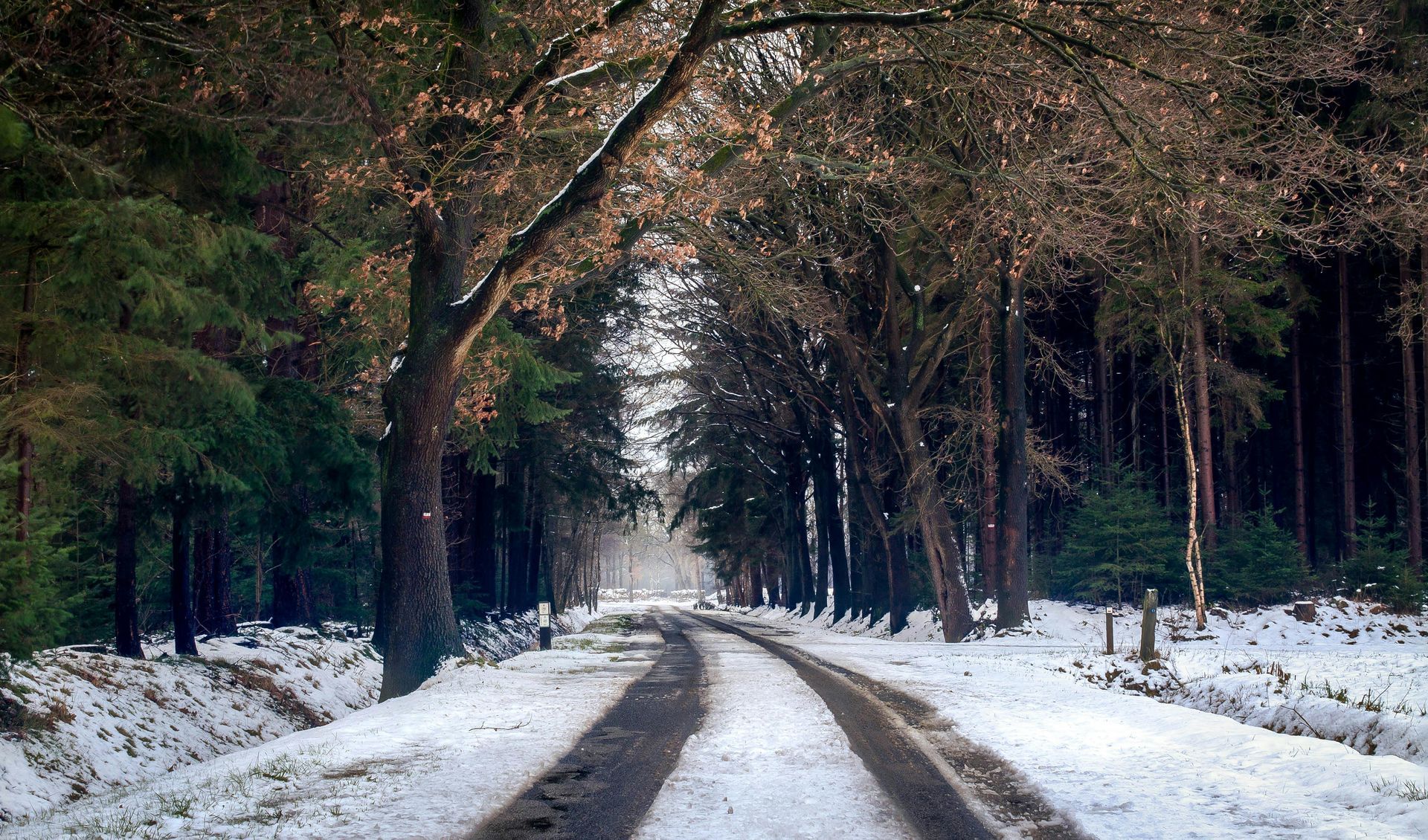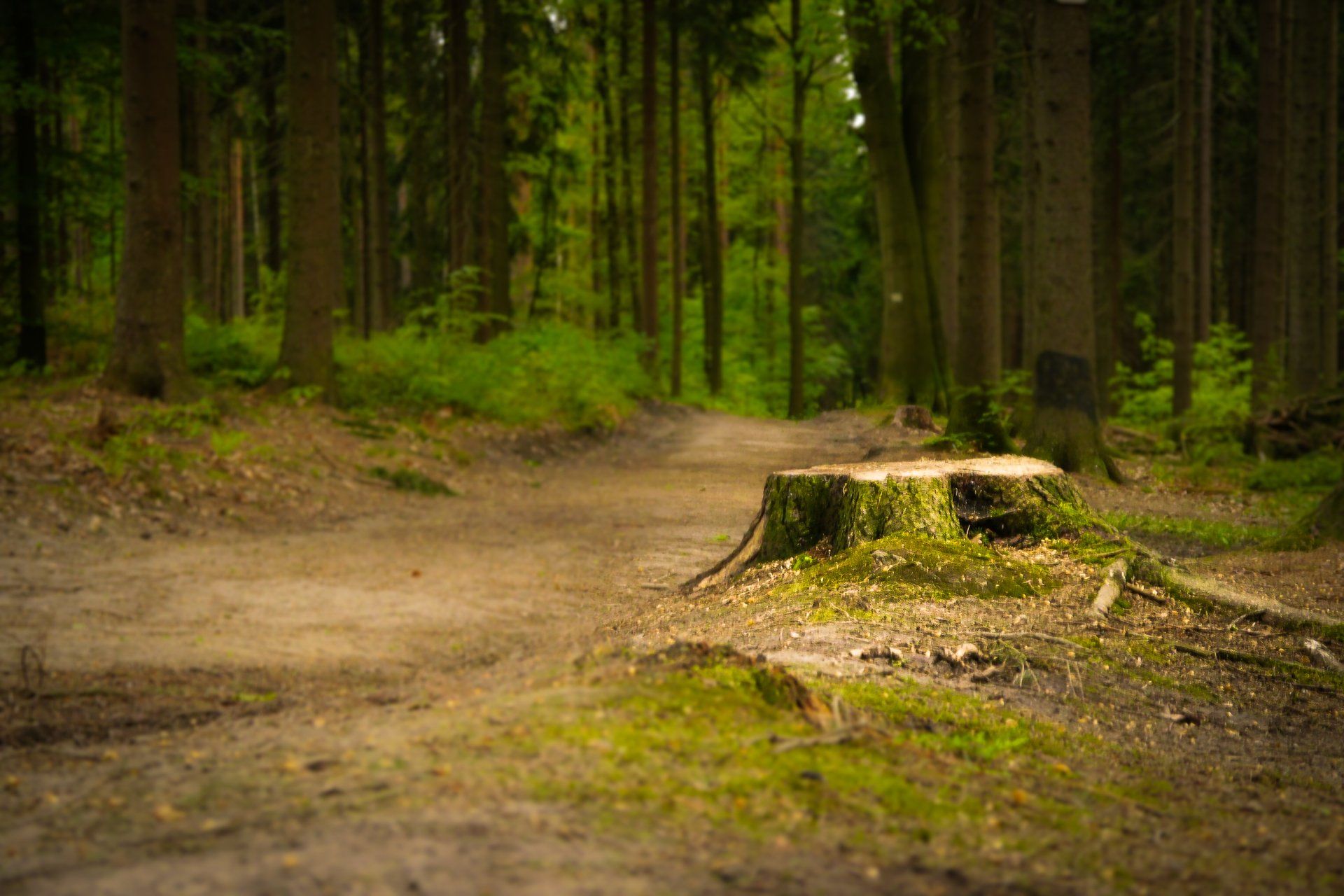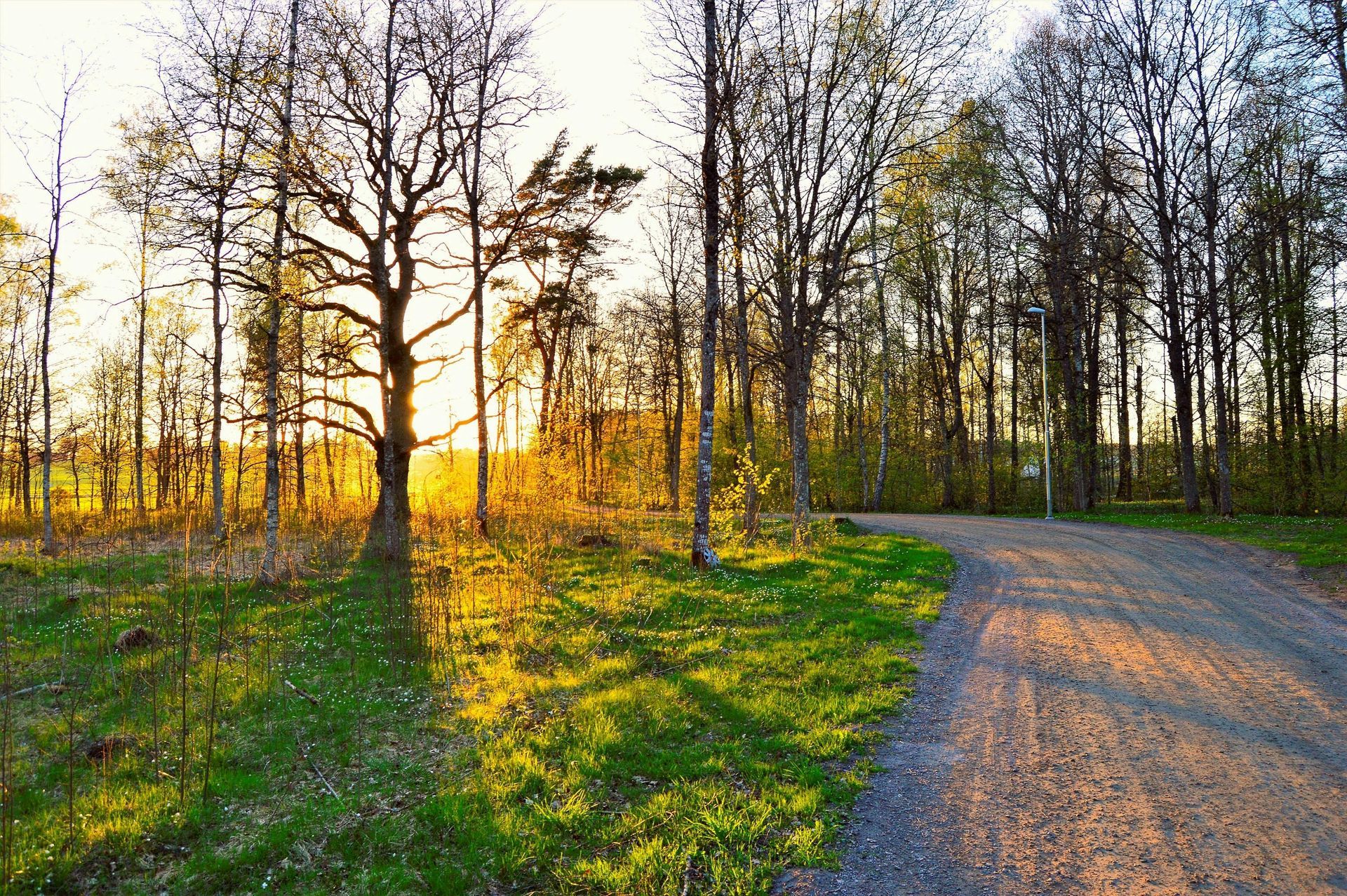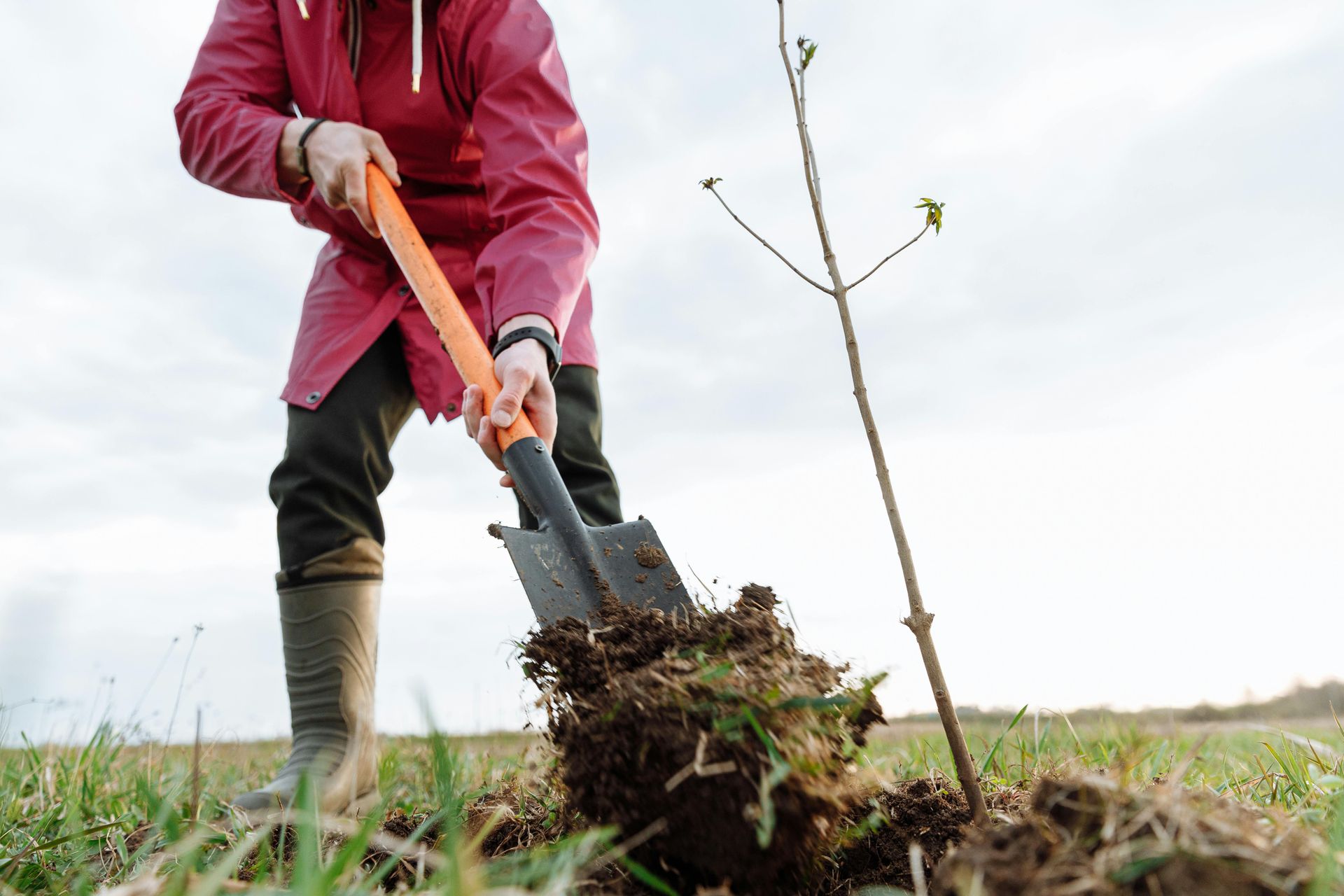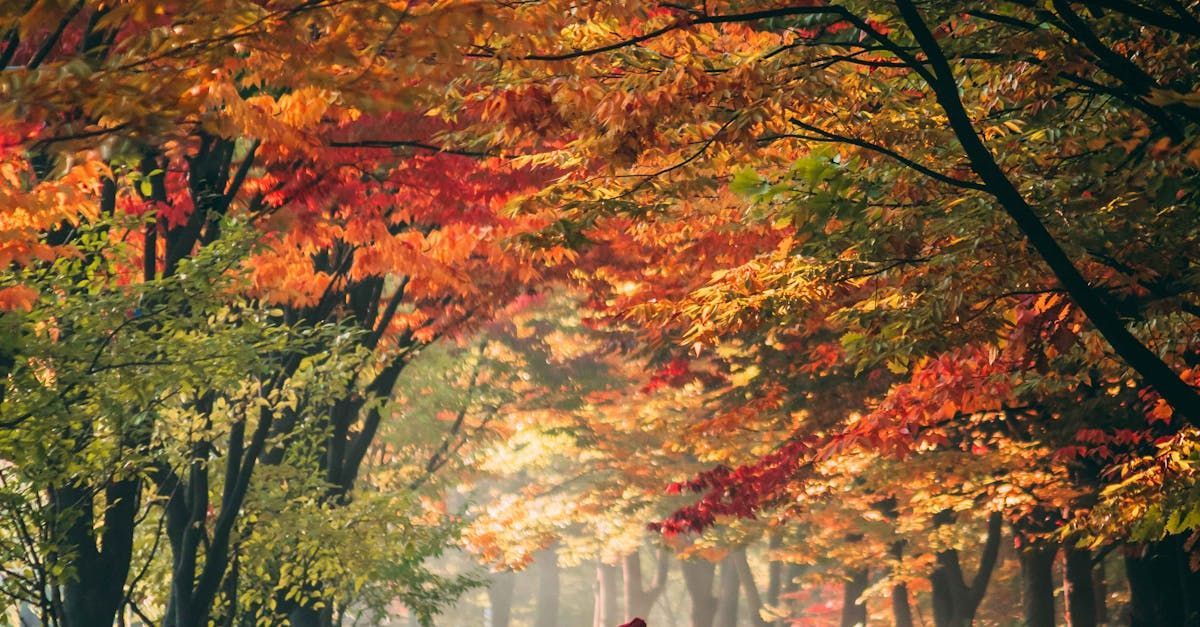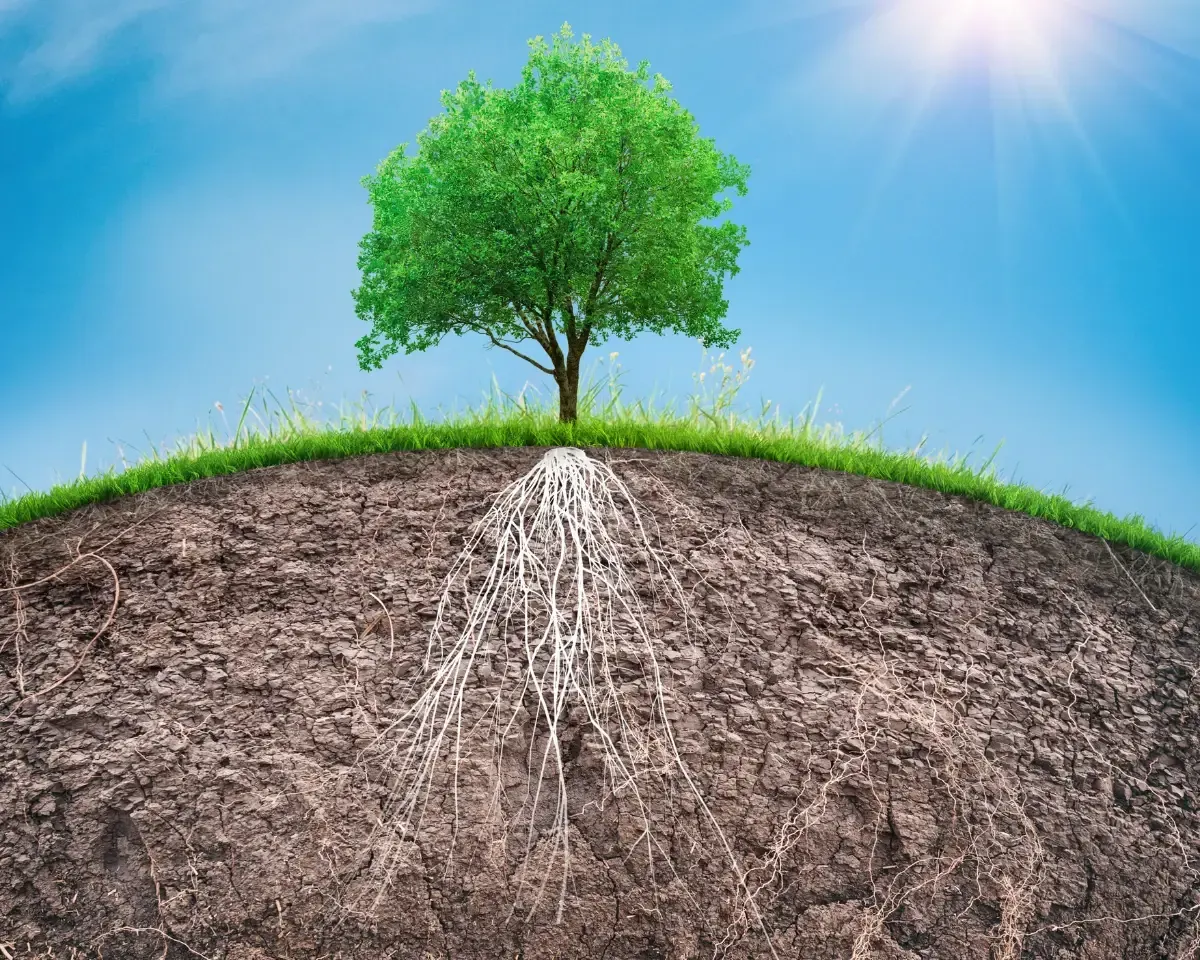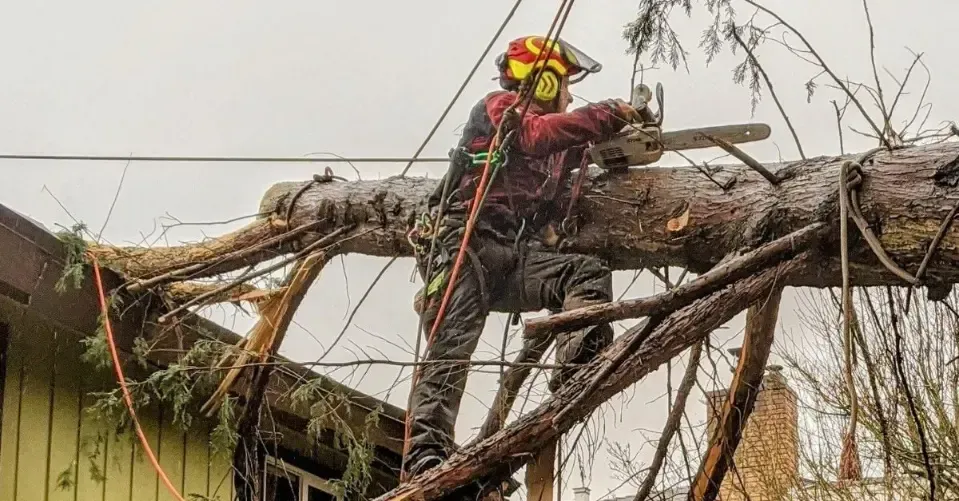Fall Tree Care Tips From A Tree Care Specialist - Sound Tree Care
Fall Tree Care Tips from a Seattle Certified Arborist
Follow these steps to prepare your trees for the Seattle winter and optimal growth in the spring.
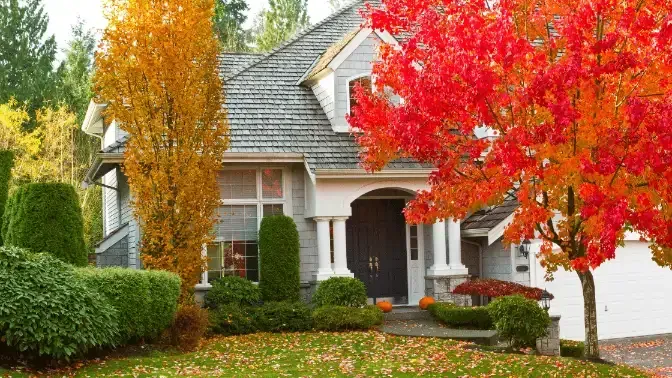
With the cooler fall temperatures comes vibrant color changes as our trees prepare for the extreme winter weather. While Mother Nature knows what to do, we can do a few things to ensure our trees, hedges, and shrubs have everything they need to withstand the winter and position them for healthy growth the following spring.
We compiled the ultimate fall tree care checklist to help you give your trees the TLC they need. Following the steps below will give your trees a limb up every winter and spring.
Fall Tree Care Checklist
1. Fortify The Soil To Prepare Your Tree’s Roots
Fallen leaves and other decomposing matter provide trees the nutrients and moisture they need in the forest, but not in our well-groomed urban landscape.
Apply a
slow-release fertilizer in the fall. Slow-release fertilizers mimic nature by gradually and steadily providing nutrients to the tree roots. Access to nutrients all winter helps the tree grow new leaves, roots, and wood.
2. Rake Up Fallen Leaves
Fallen leaves are a haven for fungi spores. They provide a safe place to overwinter until the warm spring rains awaken them, and they grow and re-infect the tree.
Raking away and removing fallen leaves limits the chance of your tree getting infected or re-infected with a harmful disease.
Tree Planting Tip: If you plan to add trees or shrubs to your landscape, the best time to plant them is in the fall. The cooler temperatures reduce the chance that your young tree will die due to blistering sun and dry roots.
3. Freshen Up The Mulch Around Your Trees
Applying an insulating layer of
mulch every fall is one of the best things you can do to keep your tree healthy and thriving. Mulch insulates the base of the tree and roots from freezing temperatures. It also helps your tree retain moisture and organic matter.
Evenly spread new shredded hardwood and leaf mulch around the tree's base each fall. Be careful not to over mulch or pile it up around the trunk of the tree.
Mulching must be done before the ground freezes to be effective.
How To Apply Mulch
Size: The best mulching goes out as far as the drip line (where the water falls from the outermost leaves) of the tree. However, mulching that far out from the base of your trees doesn’t always make sense for homeowners. If this isn’t practical, spread the mulch in a 2 to a 3-foot radius around the tree instead.
Depth: About 2-4 inches
Do not pile the mulch against the trunk of the tree. Keep it away from the trunk so that the above-ground root zone is visible to prevent harmful bark rot at the base of the tree.
To refresh the look of mulch, lightly rake the top layers of the mulch, or simply remove the old mulch and replace it with new mulch. Don’t pile new mulch layers on top of old ones.
A note on young trees: do not use fresh wood chips for mulching around young trees. New wood chips have higher acidity and can injure a young tree.
Every tree has different needs. To find out what mulch is best for your trees, consult a tree care specialist.
4. Make Sure Your Trees Are Adequately Hydrated
After the hot, dry summer, your trees need hydration before winter arrives. Even though the heat of the summer has passed, your trees can still suffer from drought stress. If you don’t water them, your trees will not receive water until the snow melts in the spring.
Fall is the time to ensure your trees get enough water to keep them hydrated through the winter.
Fall Tree Care Watering Tips:
- Focus on the root zone when watering. It is pointless to spend time watering foliage, and it can promote disease.
- DO NOT use a sprinkler to water your trees. Sprinklers only wet the top layer of soil and won’t give your tree roots the water they need.
- Water in the morning to avoid evaporation and to help your trees cope with the day’s heat.
- Water deeply and thoroughly 1 to 2 times a week.
- Put your garden hose without a nozzle anywhere in the critical root zone.
- Turn the hose on to a dribble and leave it there for 2-3 hours.
- Move the hose to a different spot in the critical root zone and leave for 2-3 hours. Repeat this step 1-3 times each watering.
The soil should be
moist but not soaking. You've over-watered if you can make a mud ball out of the earth.
If some portions of the soil are wet and some are dry, that’s perfectly fine.
The key is to water slowly enough that it can seep deep into the soil and be absorbed by the roots.
Need help with Fall Tree Care?
Book a consultation or speak with one of our tree care specialists today. 206-486-7790
5. Treat The Needles Or Leaves With Anti-Desiccants
Winter's negative impacts on trees stem from moisture loss from the pores in their leaves and needles.
During the winter, leaves require more moisture to combat dry air and wind dehydrating effects. The roots cannot keep up with that demand. As a result, the leaves or needles turn brown and die. This is called winter burn or desiccation.
Applying anti-desiccants to your trees can help prevent winter burn by coating the upper and lower leaves or needles with a wax coating that locks in moisture, similar to what lotions do for our skin.
Give your trees and plants the protection they need to flourish and stay evergreen in the winter by applying an anti-desiccant every fall.
6. Treat For Borers
Borers come looking for trees that are easy to overwinter in during the fall. Making your trees uninviting to borers in the late summer and fall prevents them from entering your trees, feeding on their nutrients, and infesting them in the spring.
Borers are incredibly destructive to a wide variety of tree species. The most common borers we treat in the Seattle, WA, area include Asian Longhorn Beetles, Bronze Birch Borers, Ambrosia Beetles, and Emerald Ash Borers.
Your local tree care specialist can help you identify the borers your trees invite and apply the treatment you need to keep your trees pest-free.
7. Prune Your Trees
Dead, diseased, and damaged limbs pose safety risks for you and your property, especially during winter storms. For your tree's health and safety, make sure to prune your trees every late summer or fall.
Before the leaves fall is a great time to prune your trees. You can quickly identify deadwood, diseased, and damaged limbs and cut them away.
Read
How To Prune Fruit Trees For Better Fruit Production for proper pruning tips.
8. Add Support Systems To Your Tree (If Needed)
If your trees need extra support to withstand the Seattle winter,
cabling
can provide them with the necessary stability.
While support systems cannot save a dead or dying tree, they can help young, oddly shaped, or injured trees withstand high winds and heavy snow.
Your local tree care company or arborist can give your trees the necessary support system. If they cannot be saved, tree removal may be recommended.
Conclusion
Following these steps, every late summer or early fall will keep your trees healthy throughout the winter and position them for optimal growth in the spring.
If you have any questions about how to prepare your trees for the Seattle winter, we are happy to provide you with a consultation and fall tree care service.
Sound Tree Care LLC
is a tree care company serving Seatac and the greater Seattle, Washington, area with superior tree pruning, tree rehabilitation, support systems, and more. With a certified arborist on our team, we can address any concerns about your tree and provide you with the fall tree care services you need.
